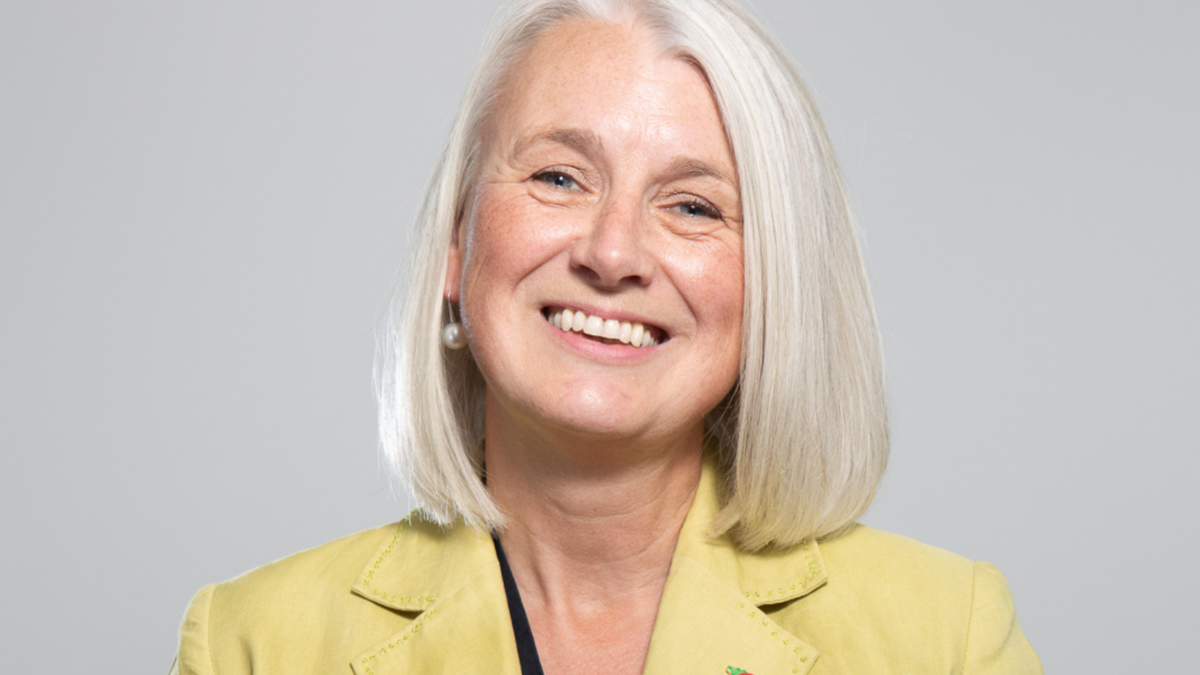Tokenisation is here, and it’s time for asset managers to choose their approach
In many ways, the future promise of tokenisation has arrived. Tokenised funds are being launched, the ASX is developing apparatus for trading tokens via its Synfini program and, just as they did with crypto-currency, regulators are beginning to note the need to keep on top of the new technology’s promise.
It was only September last year when Treasury said it would prioritise ‘token mapping’ work to better understand and identify how crypto assets should be regulated, after the Albanese Government announced “the first step in a reform agenda” for crypto.
And that news came shortly after Melbourne firm Zerocap announced the completion of a ‘proof-of-concept’ on the ASX distributed ledger technology (DLT) as a service platform, Synfini, specifically for the custody and administration of digital assets.
The developments prompted EY to release a report entitled ‘Tokenization of Assets‘, which discussed unlocking illiquid assets to a new demographic of investors in order to reduce global wealth disparities.
“Tokenization converts the value stored in tangible or intangible object into a token that usually can be manipulated along a DLT/Blockchain system,” the report stated. “In simple words, tokenization can turn almost any asset, either real or virtual, into a digital token and enables the digital transfer, ownership and storage without the necessary need of a central third party/intermediary.”
Now, new research from Calastone suggests Australian asset managers are among the most likely in the world to plan using DLT in the next 12 to 18 months. The Government has also committed to an industry body dedicated to researching the digitisation of assets.
“It’s not hard to see why tokenisation has been the subject of so much attention in Australia and around the world,” says Teresa Walker, managing director of Australia and New Zealand at Calastone. “Its attractions are manifold: the greater accessibility and liquidity it can bring to alternative assets through fractional ownership, the operational efficiency that flows from a digitised value chain. and the scope that is created for highly personalised services to be offered to a much wider franchise of customers, with personalised portfolios created from tokenised building blocks.”
The bigger question now, Walker says, is how these opportunities should be pursued.
“There is almost universal acceptance that tokenisation will be a force for change – 97 per cent of institutional investors in a BNY Mellon survey said it will’ revolutionise asset management’ – but far less agreement about how to define the term or implement it in practice.”
As we broach an era marked by tokenenised assets being brought to market, she says, the time for clarity around how products should be designed and regulated has come.
“In particular it is importnant to distinguish between two different paths to tokenisation now being pursued; tokenising the fund unit or the underlying assets in the fund,” she says.
“Tokenisation will be a missed opportunity if asset managers simply see it as a way to reinvent the wheel, without altering any of the fundamental infrastructure that determines their operations.”











